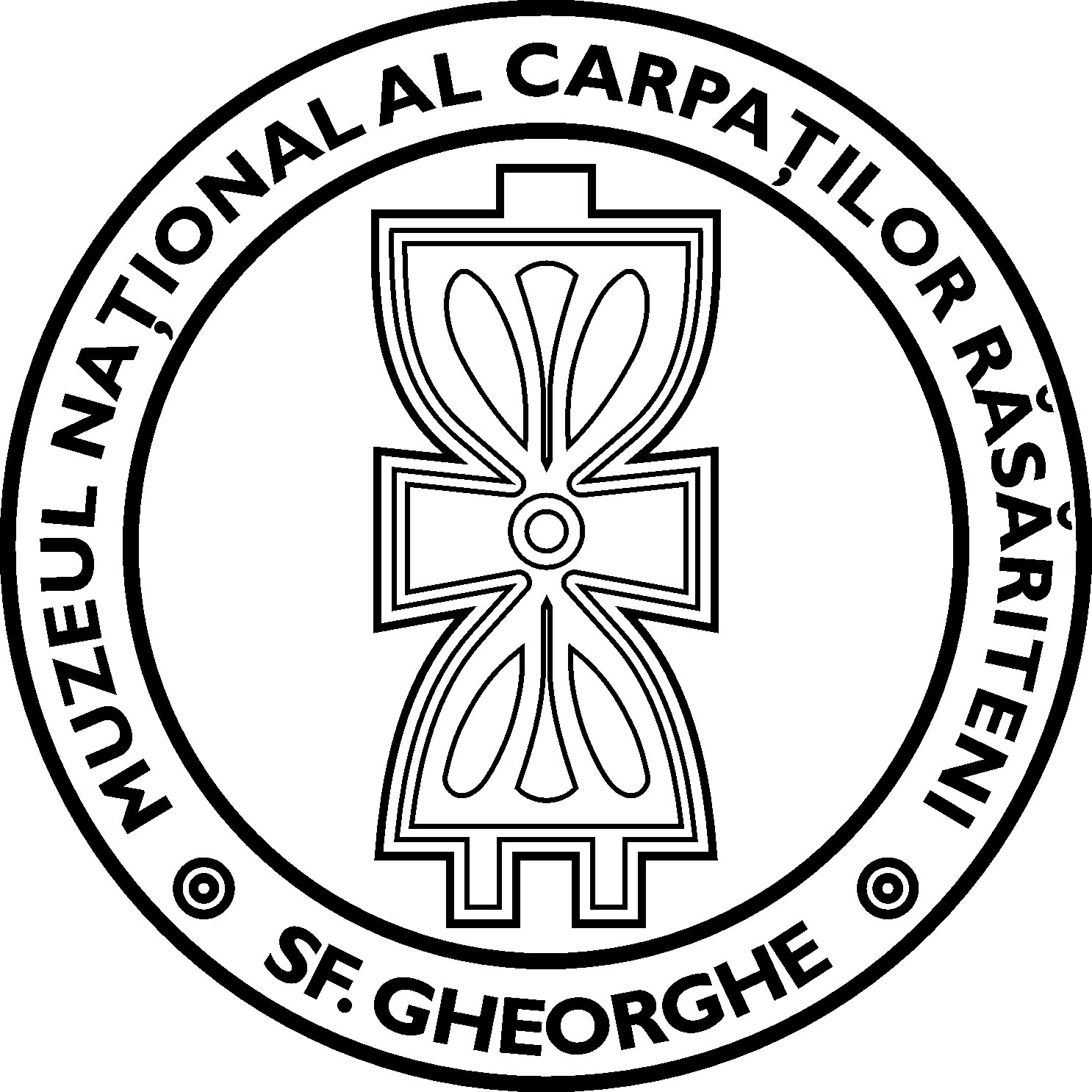Dan Lucian Buzea
Angvstia Journal No. 22, 2018
AUTHOR: Dan Buzea
DOI:10.36935/ang.v22.1
PAGES: 9-136
LANGUAGE: Romanian with English abstract and figures captions
ABSTRACT: Several hypotheses regarding the variety of functions fulfilled by the seven wooden troughs found until now in the prehistoric salt mines at Băile Figa, Bistrița-Năsaud County, Romania and dated in the Bronze Age, have been advanced. However, until now, no valid and convincing arguments in favour of a functional system in which troughs could be understood as part of the rock salt and brine extraction and/or exploitation processes, have been presented. Even if their connection with the salt areas is indubitable, because they were usually discovered in secondary contexts, their exact application was not immediately apparent.
